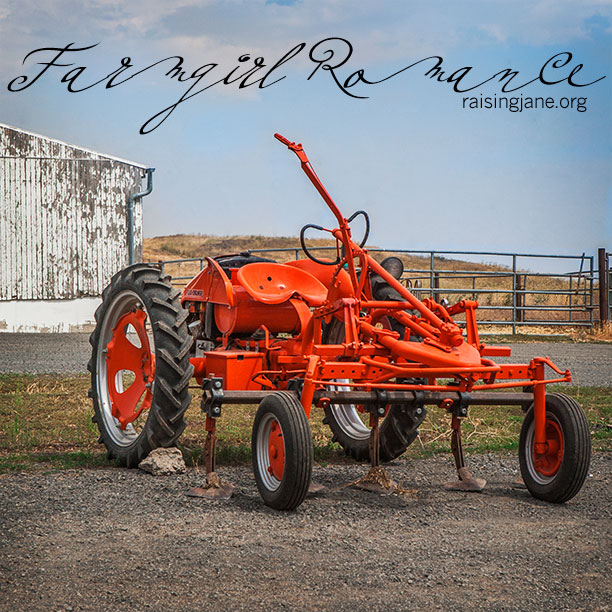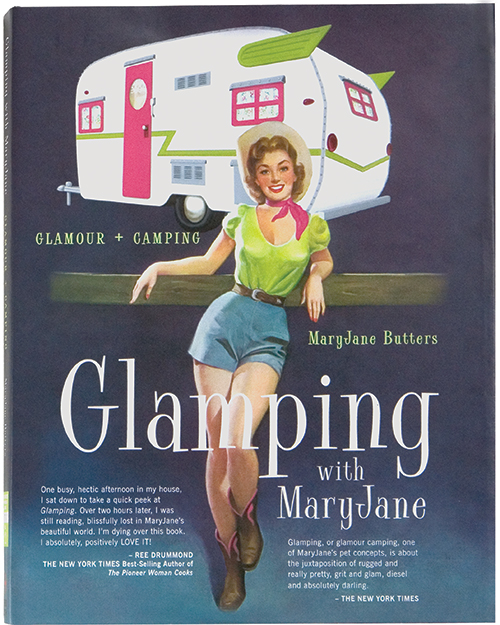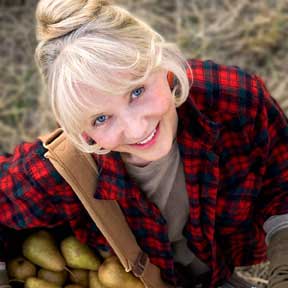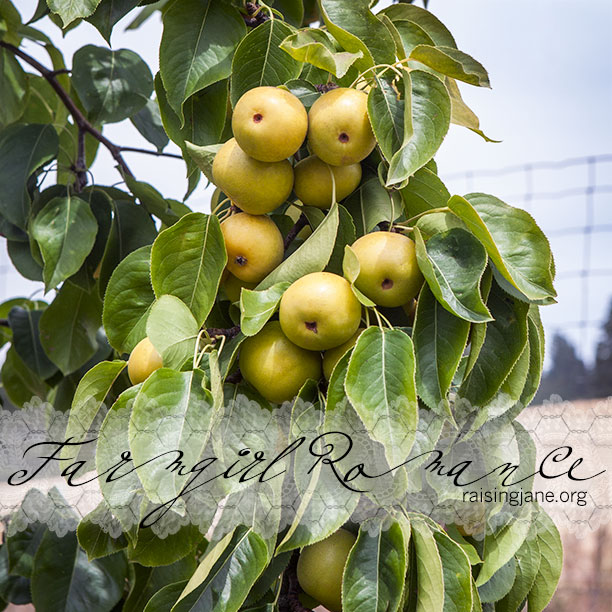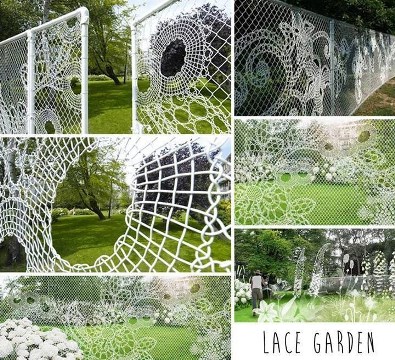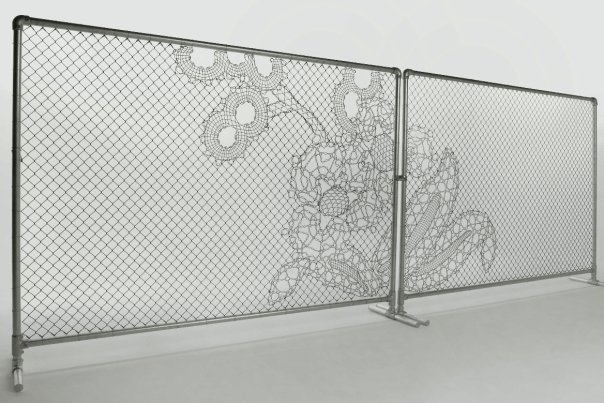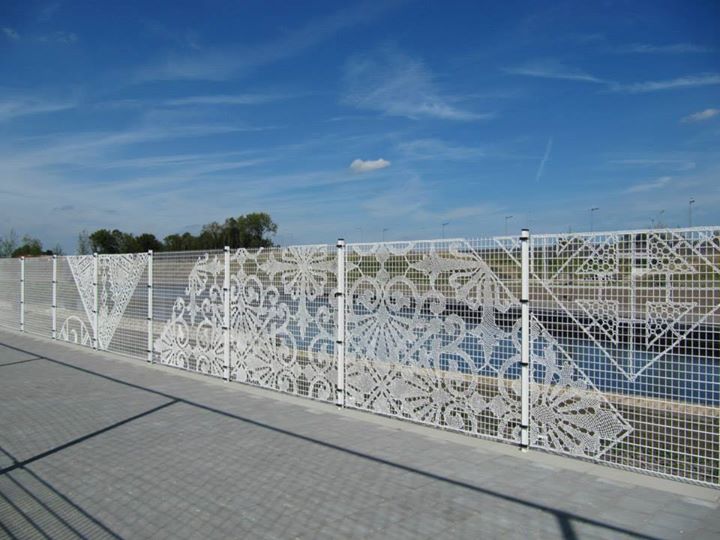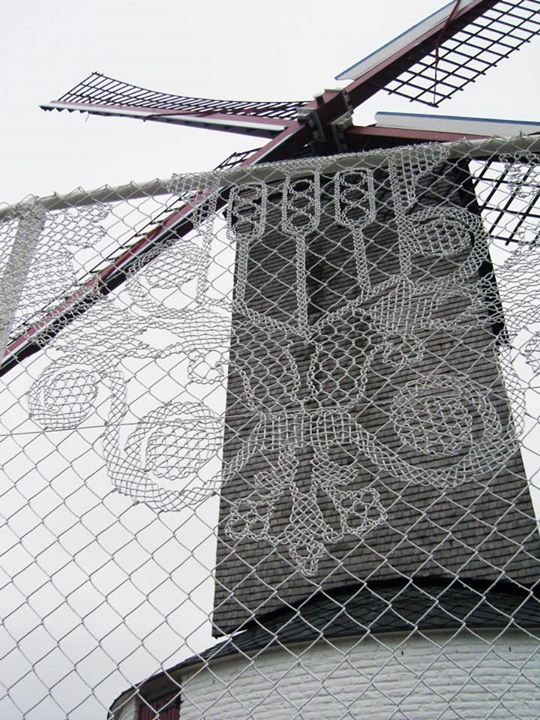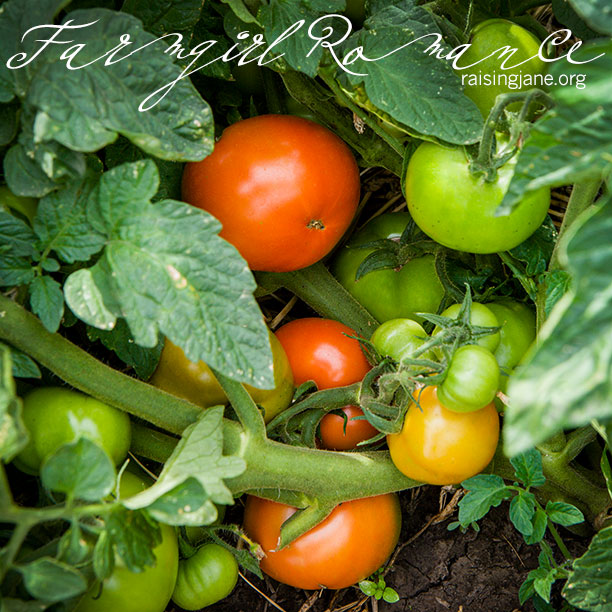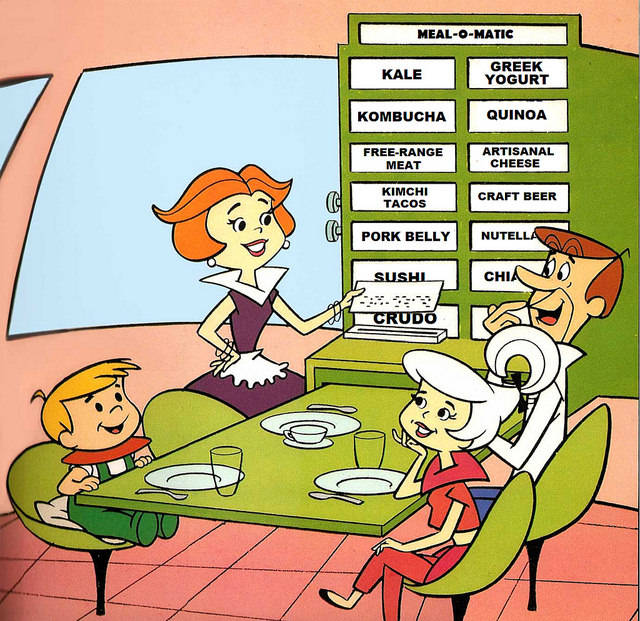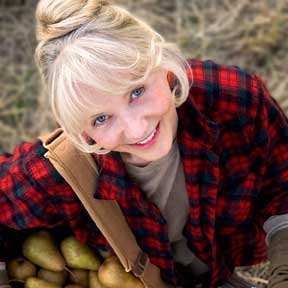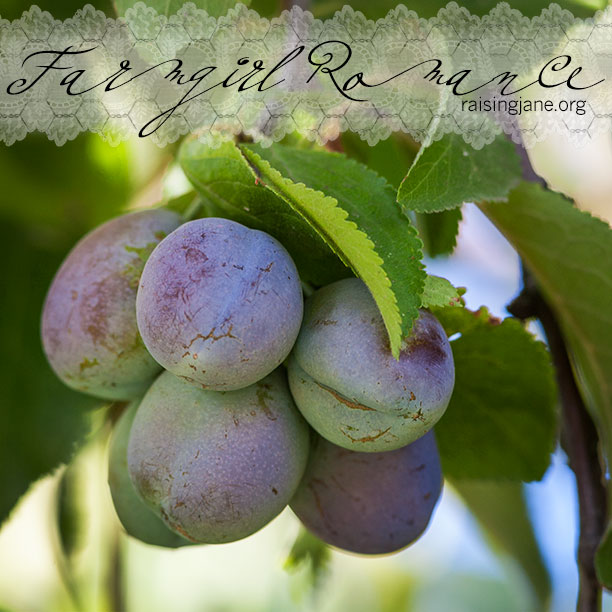Welcome New Sisters! (click for current roster)
Merit Badge Awardees (click for latest awards)
My featured Merit Badge Awardee of the Week is … Shannon Hudson!!!
Shannon Hudson (hudsonsinaf, #5349) has received a certificate of achievement in Garden Gate for earning a Beginner, Intermediate & Expert Level Putting Away for Winter Merit Badge!
““For the Beginner badge, my oldest daughter and I froze strawberries, tomatoes, and most recently, blueberries. The strawberries and blueberries we freeze on trays individually first, and then place in freezer bags. The tomatoes we wash off, and then just put them in the freezer in a container. I also shared this information on my Henhouse.
We enjoy frozen produce, especially fruit. With the summers being so excruciatingly hot, pulling frozen fruit out to eat, or for smoothies, is extremely refreshing.
For my Intermediate badge, I dehydrated tomatoes, peppers (both sweet and hot) and multiple types of herbs. I also investigated different methods for drying produce. We generally use a dehydrator, though some of my herbs, I air dried. You can also sun dry, oven dry, or microwave dry. For my family, I made spaghetti, using frozen tomatoes, with dehydrated peppers and herbs.
Making spaghetti sauce is one of our favorite ways of using frozen tomatoes. When I pull them out of the freezer, I place them in a colander. As they thaw, a lot of the excess fluid drains out, this reduces the cooking time for the sauce.
For the Expert badge, I investigated the different methods for canning food – there is oven canning (I haven’t tried this one yet!), water bath canning, and pressure canning. We have canned tomatoes, fruit products (sauces, preserves, jams, syrups, pie filling, and just sliced fruits), dried beans, green beans, and broths. I also made some beef jerky in my dehydrator using grass fed brisket, as well as sharing about canning with the Henhouse.
For the dish using foods I had preserved, we made chili. I used both frozen and canned tomatoes, canned kidney beans, dehydrated peppers, and dehydrated herbs. It turned out scrumptious. I really want to try my hand at oven canning… I would like to learn to make gluten free pasta, that I dehydrate, and then oven can. Still working on this one though.”
